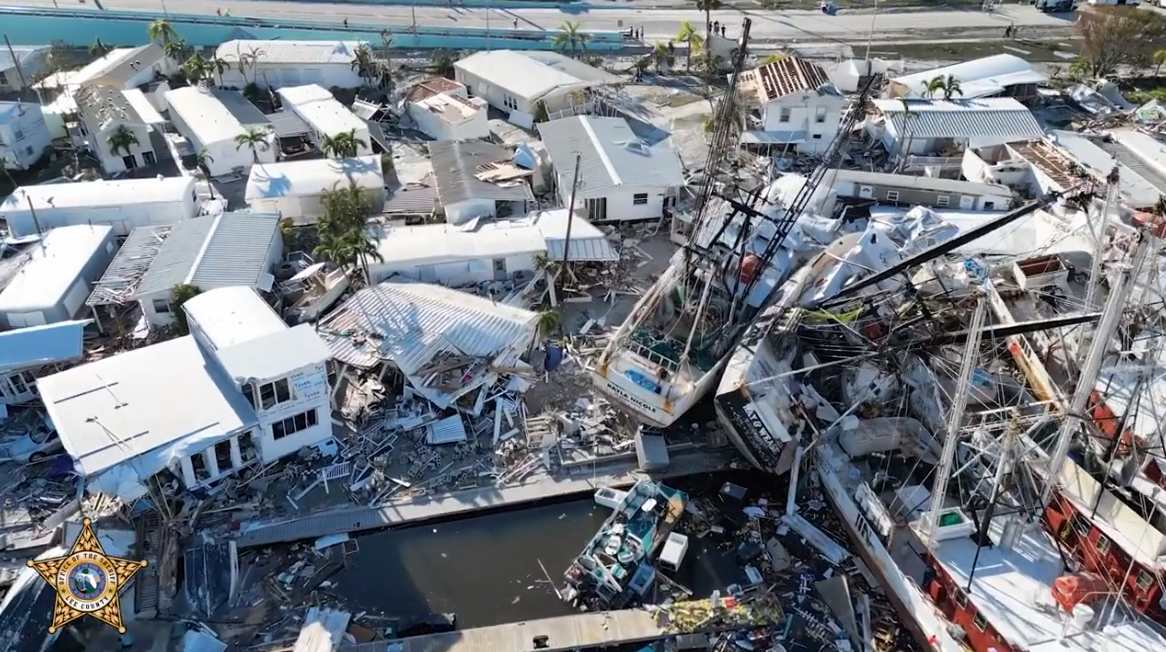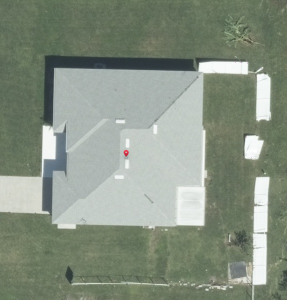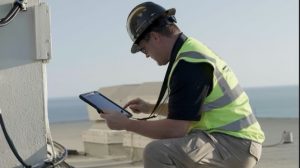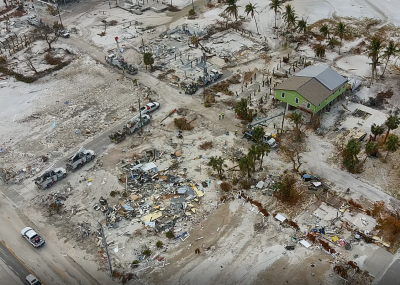Most damage from Hurricane Ian appears to be from flooding, rather than wind, and thus won’t be covered under most Florida homeowners insurance policies. Insurance adjusters face a challenging job now determining whether it was wind or water or both that damaged a home, and in some cases in what order, for hundreds of thousands of properties across Florida.
Former Florida Deputy Insurance Commissioner Lisa Miller talks with a seasoned insurance defense lawyer on how coverage is determined, who will pay, and the case law involved for those disputed claims that end up in court.

Destruction from Hurricane Ian in Fort Myers Beach, Florida, September 30, 2022. Courtesy, Lee Co. Sheriff’s Office
d

Tom Diana, Esq., Co-Founder, Zinober Diana & Monteverde, P.A.
Show Notes
Hurricane Ian made landfall in Lee County on Florida’s Southwest coast on September 28, 2022 with winds of up to 115 mph, a storm surge of 10-15 feet, and rainfall amounts of up to 22 inches on its path across Florida before exiting in the Atlantic Ocean the next day. The Category 4 storm was the 5th-strongest on record in the US and killed 114 people, making it the deadliest in Florida since the 1935 Labor Day hurricane. While Ian was both a wind and a flood event, there was massive flooding in Lee County and throughout inland areas in Central and Northeast Florida. While those residents who had mortgages and lived in a flood zone were required to have flood insurance, many of the rest of Ian’s victims likely didn’t. In Lee County, only 31% of residential structures had National Flood Insurance Program (NFIP) policies, and statewide only 15%. Standard homeowners policies do not cover flooding.
“It’s pretty clear what’s covered under a flood policy but it is a continued debate, particularly in the HO3 (homeowners policy) form as to which policy covers what,” said Tom Diana, attorney and co-founder of the Zinober Diana & Monteverde law firm in Tampa. He handled a lot of claims cases for insurance companies during the series of eight hurricanes that struck Florida in 2004-2005 and since, including Hurricane Ivan, which like Ian he said, was more of a storm surge and flooding event than a wind event. “The real difficulty with Ian now, and all storms for that matter, is going to be when there is evidence of flood damage and wind damage in the same room at the same property. What is covered by the HO3 and what is not?”

A commercially-available aerial image of a Cape Coral property taken after Hurricane Ian, with fence damage noted.
New technology, such as before- and after- aerial pictures of individual properties taken right after the storm, will help adjusters and engineers make better damage evaluations, said Diana, who worked previously as a civil engineer. Video and photographs taken by policyholders are also important “as the adjusters I know want to get everything right the first time, so they don’t have to do it a second time.”
Diana said ensuring open communication with the policyholder along the way is most helpful in settling the claim correctly without going to court. “Adjusting an insurance loss is not a one-way street. It’s a conversation, a continued dialogue between the insurance company and the policyholder. Just because an adjuster is out there on day 10 doesn’t mean that the policyholder can’t share with them what’s happened to the property between day one and day nine. It should not be an adversarial process,” he said, in this podcast geared for field and desk adjusters and for homeowners.
Diana and host Lisa Miller walked through the case law that has evolved since the 2004-2005 storms and Hurricanes Katrina and Irma, establishing legal precedents that will help decide Hurricane Ian cases. Today’s homeowners policies, as a result, include the specific language “whether driven by wind or not” in excluding flood damage. Diana said the main case that will likely be cited in any Ian litigation will be Sebo v. American Home Assurance Company. In it, the Florida Supreme Court ruled that where two or more causes of a loss combine and where at least one of the perils is covered in an insurance policy, then the “concurrent cause doctrine” applies. That doctrine requires that when the sole or proximate cause of the loss cannot be attributed to the covered or the excluded peril, then the policy must cover all damages.
“Ever since it was handed down in 2016, it has been litigated over and over and over again. It has been expanded or attempted to be expanded by policyholder advocates. We have tried to limit the application of it,” Diana said.
Some insurance companies have tried to limit the use of the doctrine by including “anti-concurrent causation” language in their homeowner policies. Diana said the case of Security First Insurance Company v. Czelusniak “kind of put this issue to rest in terms of what the policy covers…and is really going to control the guiding principles associated with the flood versus wind debate. That means that technically, if flood and wind or rain water, let’s say, combined to cause a loss to a specific item of personal property, or a specific area of damage, technically that is covered by the flood policy, and not the wind policy.” He cautioned that the facts of an individual loss are really going to guide the outcome of a lot of trial and appellate court decisions involving Ian claims.

Bridgepoint Global insurance adjuster Tim Krachenfels surveys damage to an Estero, Florida hotel damaged in Hurricane Ian
Host Miller and Diana discussed that while it would be ideal to have both the flood insurance adjuster and the homeowners insurance adjuster present at the same inspection, it’s often not practical, due to the volume of claims. “Common sense must be the overriding guide for adjusters, to be able to say ‘this is wind damage’, ‘this is flood damage’, or ‘I think this is both’,” Diana said, adding that most property owners don’t know the difference between flood and wind damage. He said he is optimistic that wind and flood carriers can work together to resolve claim responsibility and coverage. “I think 50% of court cases I see shouldn’t be filed. They could have been resolved earlier in the process.”
“I often say that a delayed claim is a more expensive claim, and more inconvenient for a policyholder,” said host Miller. “So I know that the hundreds of adjusters in the area are working as fast as they can to get the adjustments in from the field, get them into their respective insurance companies, and have the insurance companies deliberate with the policyholder in trying to bring these in for a landing.”

Hurricane Ian caused tremendous flood and wind damage on Fort Myers Beach. Aerial images by Team Complete
Host Miller and Diana noted though that legal disputes are seemingly unavoidable in Florida’s excessive litigation environment. They discussed the bad actors involved, trying to insert themselves between the policyholder and their insurance company, often just for the sake of taking over the claim to inflate its cost and their personal profit. Many are knocking on victims’ doors under the auspices of wanting to help.
“I have spoken with a lot of homeowners who have had no idea that a lawsuit was being brought in their name, or on their behalf, by companies who may have done a simple thing like put a tarp on top of the roof, or things of that nature,” Diana said. “It’s very alarming because that drives up the cost of everyone’s premium. It drives up the cost of everyone’s insurance policy. And I think most people on both sides of this debate that’s about to ensue will agree to that. The only people who won’t agree are the people who are undertaking those predatory tactics.”
Under Florida law, policyholders have up to two years to file initial property insurance claims.
You can read the latest on Hurricane Ian here.
Links and Resources Mentioned in this Episode
Ian More a Flood Event (LMA Newsletter of October 10, 2022)
Zinober Diana & Monteverde P.A.
Florida Office of Insurance Regulation
FEMA’s National Flood Insurance Program
Florida Farm Bureau Casualty Insurance Company v. Cox
Corban v. United Services Automobile Association
Liberty Mutual Fire Insurance Company v. Martinez
Sebo v. American Home Assurance Company
Security First Insurance Company v. Czelusniak
Ian’s Fraud Warnings Sounded Early (LMA Newsletter of October 10, 2022)
Hurricane Ian Fraud (LMA Newsletter of October 24, 2022)
www.FloridaDisasterFund.org (to make a tax deductible contribution to the Hurricane Ian relief efforts)
** The Listener Call-In Line for your recorded questions and comments to air in future episodes is 850-388-8002 or you may send email to [email protected] **
The Florida Insurance Roundup from Lisa Miller & Associates, brings you the latest developments in Property & Casualty, Healthcare, Workers’ Compensation, and Surplus Lines insurance from around the Sunshine State. Based in the state capital of Tallahassee, Lisa Miller & Associates provides its clients with focused, intelligent, and cost conscious solutions to their business development, government consulting, and public relations needs. On the web at www.LisaMillerAssociates.com or call 850-222-1041. Your questions, comments, and suggestions are welcome! Date of Recording 10/27/2022. Email via [email protected] Composer: www.TeleDirections.com © Copyright 2017-2022 Lisa Miller & Associates, All Rights Reserved

